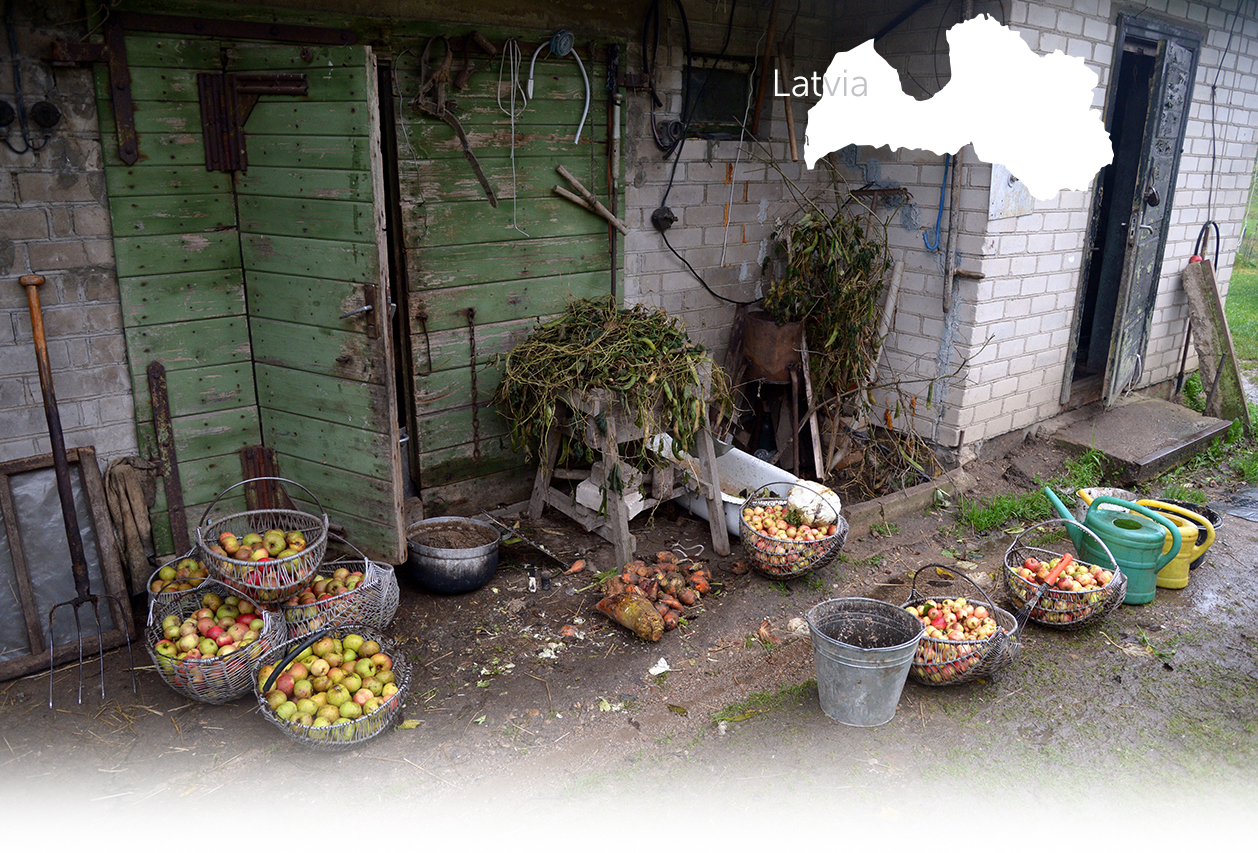

2 Sitio(s) de ejecución
Janina O., born in 1922: “I remember that the Jews were forcibly removed from their homes. Then they were taken to a hill near the village and shot. Besides, I knew an old Jewish man named Y****. Before the war, he used to deliver goods to the residents. One day, during the German occupation, he was ordered to dig a grave in the Jewish cemetery. He was shot inside.” (Witness n°27LV, interviewed in Višķi, on May 4, 2019)
"On July 24, 1941, a group of 200 or 300 Jews from the village of Dagda walked through Višķi. About 80 people from this group, mainly children, elderly and weak people, were killed on the hill 300 meters from the village of Višķi. The column continued on its way. In order to hide their crimes, German units arrived in town in 1944. They proceeded to open the pits and cremate the corpses." [Act n°452 drawn up by Soviet State Extraordinary Commission; GARF 7021-93-94]
Višķi is a village located 25 km (15 miles) northeast of Daugavpils, in southeastern Latvia. The first traces of a local Jewish community date back to the late 18th century. By the end of the 19th century, they were the majority group in the village. By 1897, out of 959 inhabitants, 668 were Jews, representing 70% of the total population. At the same time, in 1880, a large wooden synagogue was built. In 1914, at the outbreak of the First World War, many Jews left Višķi to flee to Russia. During the conflict, many houses and buildings belonging to them were destroyed. By the end of the war, when Latvia became independent in 1920, the Jewish population had subsequently decreased from 850 to 567. This did not prevent the community from continuing to grow and, in 1921, a Jewish elementary school with four grades was opened. They had a Jewish funeral service (hevra kadisha), public baths and a visiting society for the Jewish sick (bikkur cholim). The majority of the Jews in Višķi earned their living as peddlers, traders, and craftsmen. By 1935, of the 58 businesses in Višķi, 50 were owned by Jews. That year, out of 750 inhabitants, 423 were Jews, or 56% of the total population. The Jewish population was politically active, proven by the presence of the Jewish socialist political party "Bund" and the Zionist party "Young Zion". In June 1940, under the terms of the German-Soviet non-aggression pact, the Red Army entered Latvia. The new Soviet regime nationalized enterprises and stores, and Jewish public life was liquidated. Part of the local intelligentsia was then deported to Siberia.
On June 22, 1941, the German armies and their allies began their invasion of the USSR. In the days following this attack, many young local Jews fled eastward. A few days later, German forces captured the village. At the end of June 1941, as soon as the occupation began, the German authorities had about 30 Soviet activists arrested. They were first held in a local building used as a temporary prison and then transferred to the prison in Daugavpils, 25 km (15 miles) to the southwest. At the same time, on June 30, 1941, the entire Jewish population of Višķi was arrested and confined in the fire station building. They remained there for one day, being forced to give away their valuables and money. They were released the next day, but from then on they were subjected to forced labor. They were also restricted in their daily rights, such as not being allowed to walk on the sidewalks and having to wear a Jewish star on their clothes. On July 10, about 150 Jewish men were arrested and locked up in the building of the agricultural cooperative. The next day, they were all deported to Daugavpils. Then, on July 12, a second group of Jews, this time women and children, was sent to the Daugavpils ghetto. About 15 of them were executed on the way. Their bodies were dumped on the side of the road and buried by local residents. Finally, on July 23, all the remaining Jews in Višķi were arrested and sent to the Daugavpils ghetto. In total, on July 12 and 23, approximately 270 Jews were deported. During these arrests, about 40 Jews, including men, women and children, were taken to a large swampy ravine and shot by about 15 Latvian militiamen under the orders of German officers. Others were taken to the Jewish cemetery and shot there in a mass grave. In addition, on July 24, a column of about 300 Jews from the village of Dagda, located 46 km (28 miles) east of Višķi, passed through the town. More than 80 people from this group, mainly children between the ages of 5 and 10, the elderly and the weak, were executed on a hill 300 meters (984 feet) from the village. In early 1944, in order to remove the traces of their crimes from the area, the German authorities exhumed and burned the corpses of the victims. The Red Army liberated the town at the end of July 1944.
¿Tiene información adicional con respecto a un pueblo que le gustaría compartir con Yahad?
Por favor contáctenos a contact@yahadinunum.org
o llamando a Yahad – In Unum at +33 (0) 1 53 20 13 17